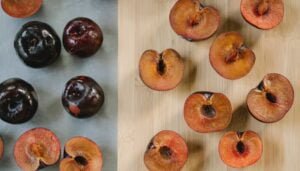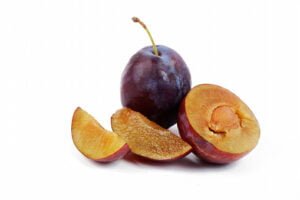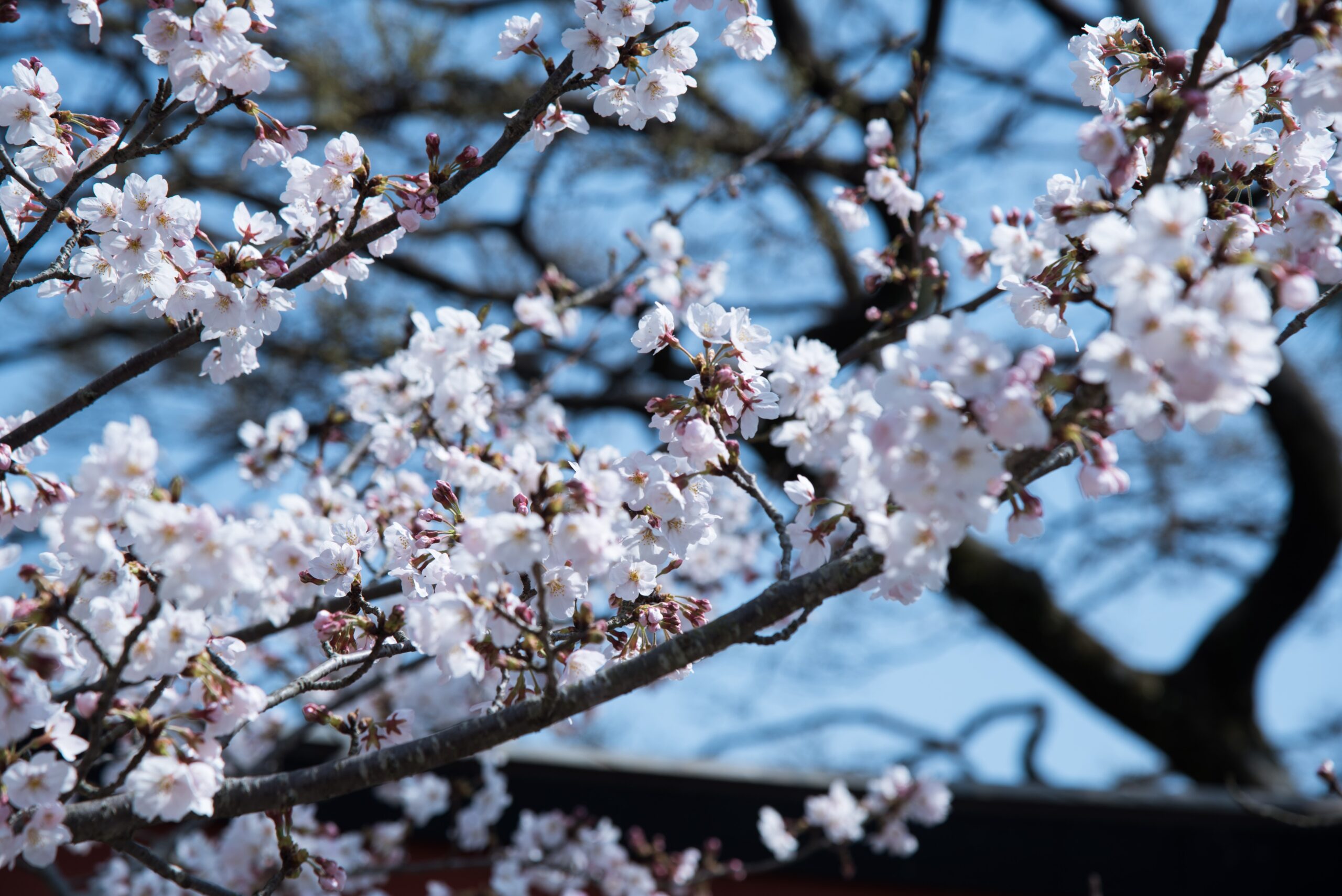Plum seedlings
Have you ever thought, “how to grow a plum tree from a seed?” after devouring the last of a particularly luscious plum? Yes, it is possible to grow plums from a seed! After reading this you will be able to know how to grow a plum tree from a seed?

Be aware that the new tree may or may not bear fruit, and even if it does the plums may not be the same as those from the original tree. This article is about how to grow a plum tree from a seed?
A “true” replica of the fruit is obtained by grafting a suitable rootstock or mother plant onto the desired cultivar. Non-certain cases, the fruit may be inedible, but in other cases, you may be able to grow an even better kind of plums from the pit. Either way, growing plums from pits is simple and a lot of fun. let us discuss how to grow a plum tree from a seed.
How to grow a plum tree from a seed
List of materials required
- The ideal sort of plum pit (a self-fertilizing type is best)
- Zip-top container
- Peat moss
- Cloth made of hardware
Grow a plum tree with us
You may test this by submerging the pit in water and seeing whether or not it floats or sinks. Floating indicates that the pit is unsuitable for planting. It should increase if it sinks.

Put the pit in a zip-lock bag with some compost or peat moss after completely drying it.
For six to eight weeks, keep the pit at 40 degrees Fahrenheit (4.4 degrees Celsius) in the refrigerator.
After around five weeks, keep an eye on the pit. Remove it from the fridge as soon as it begins to split and sprout.
Prepare the soil for planting by blending two parts soil and one part compost. Ideally, this should be done one week prior to the pit being ready. By week five, if it hasn’t sprouted, you may begin preparing the soil.
Read About: How to fix bitter lettuce?
It is recommended that the pit be buried to a depth of 4 inches (101.6 millimetres).
Until the sprout emerges through the hardware cloth, cover the area. As a result, animals will not be able to dig up the hole.
After a year, if required, replant the sapling in the location where you want it to remain. The optimal time to transplant is in the spring.
Some Useful Planting Instructions
First, when contemplating growing plums from a seed, examine your geographic location. Plums thrive in USDA zones 5 through 9. In that case, you’re all set.
Remove the pit and wash it in lukewarm water with a gentle scrub brush to remove any pulp. Then plant the seeds. The seed requires a cooling-off time at temperatures of between 33-41 F (1-5 C) before it can germinate, roughly 10-12 weeks. This is termed the stratification process and there are two approaches to do it.
The first way is to cover the pit in a damp paper towel inside a plastic bag and then store it in the refrigerator. Keep an eye on it for six to eight weeks to see whether it starts to grow.
Instead, the plum pit may be planted directly in the ground in the autumn or winter as a type of stratification known as spontaneous germination. About a month before you want to plant the pit, you should amend the soil with organic matter but not fertilizer.
Fresh plum seeds should be sown 3 inches (8 cm) deep in the soil during planting. Keep track of where you put the pit so you know exactly where it is in spring. Maintain an eye on the plum pit during the winter and see if any sprouts appear; keep the new plant wet and observe its growth.
The plum pit should be planted approximately 2 inches (5 cm) deep in a container filled with well-draining soil made of one part vermiculite and one part potting soil if the seed was cold stratified in the refrigerator. Keep the pot moist, but not soggy, in a cool, light location.
Your new plum tree should be planted in a spot in your garden that receives at least six hours of direct sunshine every day once the risk of frost has gone. Dig a 12 inch (31 cm) deep hole and remove any rocks or rubbish from the bottom. You may do this by adding compost to your soil.
Using a shovel, press the earth around a newly planted plum at its original depth. Keep the soil equally wet with water.
Alternatively, you could mulch or compost around the seedling’s base to keep it wet, and then feed it with tree spikes or a 10-10-10 fertilizer twice a year in the spring and in August.
Final Thoughts
If you’re going to grow plums from seed, be patient. It will be a few years before the tree produces edible fruit. In any case, it’s a worthwhile undertaking that will produce a beautiful tree for present and future generations to enjoy. This is all about how to grow a plum tree from a seed.

[…] How To Grow A Plum Tree From A Seed-A complete Guide […]